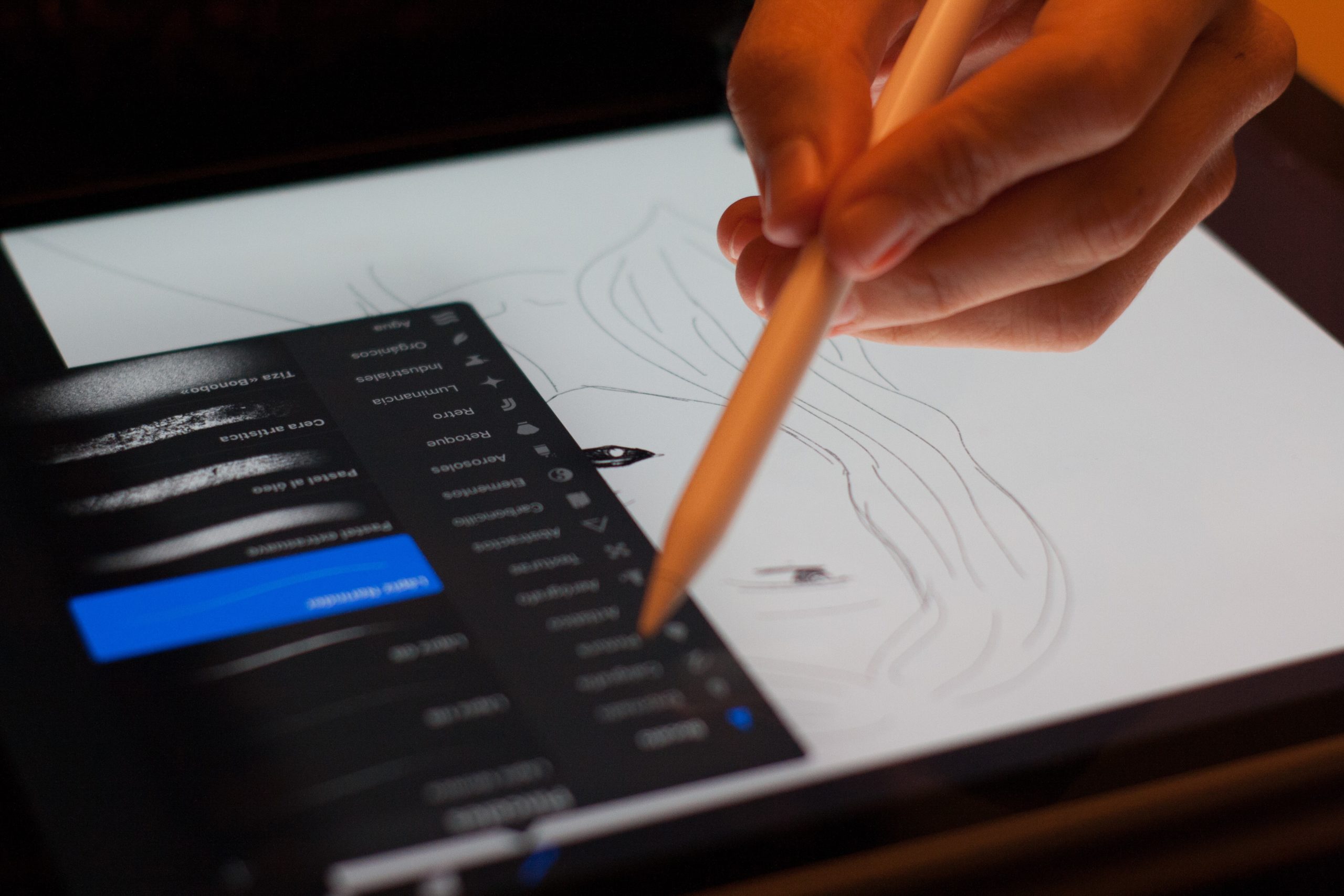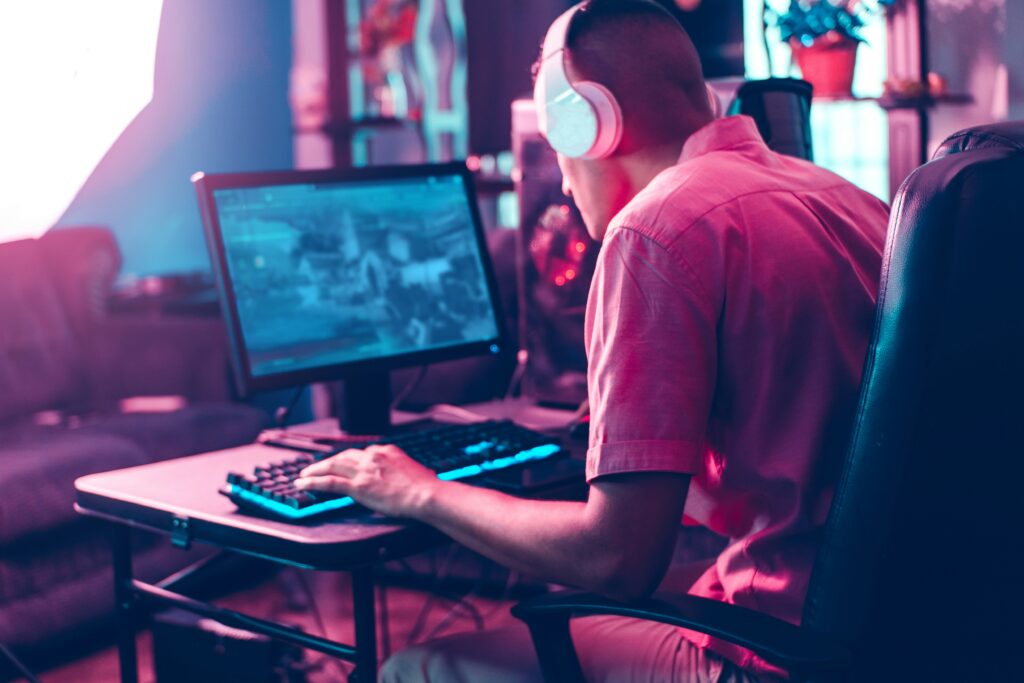Art: “The expression or application of human creative skill and imagination, typically in a visual form such as painting or sculpture, producing works to be appreciated primarily for their beauty or emotional power.”
Technology: “The application of scientific knowledge for practical purposes, especially in industry.”
These two areas might not always be found next to each other, unlikely to be side by side in a university department, considering that art is usually in the form of paintings and sculptures produced by beauty and emotional power, while technology is a more practical study. Yet both these areas have more in common than you may think.
Both are naturally very experimental in nature and require a great amount of creativity, often feeding into each other to enhance their overall offering. For example, is it likely that Apple would have achieved the same level of success if it was not for the company’s trademark unique, aesthetically pleasing design? Moreover, technology has paved the way for many modern artists, with thanks to programmes like Photoshop which have given graphic designers a prodigious amount of creative freedom and ability.
In today’s modern world, we can find the two areas more close nit than ever before. For example, a recent video demonstrated that electricity can now be drawn with a pen, allowing for incredible designs that light up like magic.
In addition, artists like Lisa Park, a multimedia artist, are using advanced technology to turn brainwaves and heartbeats into performance art. In her latest exhibit, through the physical connection of two individuals standing on sensors that measure electricity, light pink flowers blossom on barren tree branches before falling off and tumbling through the digital air to the ground. This work of art is a gentle reminder that technology does not always need to take a cold, Black Mirror approach and can instead be a force of love and human connection.
Thanks to the increasing advancements in technology in our daily lives, we no longer need to visit an exhibit to experience a true fusion of art and technology. For example, Palacio Inc. recently announced the launch of Canvia, a smart art frame that uses the confluence of innovative technologies, device features and curated content to redefine “Art as an Experience.” Canvia gives customers the option to display a variety of artworks in a single frame, bringing flexibility to art buying.
Palacio Inc. combines cutting-edge technical design with an artistic sensibility to create new ways of enhancing and experiencing the spaces in which we live and work. Its new device, Canvia, displays art from an expansive library, handpicked by the customer, which can be controlled via a web account or the Canvia mobile app.
Canvia is driven by Palacio’s ArtSense technology to simulate the behavior of print art on a digital screen using proprietary image processing techniques. Sensors read ambient visual conditions and this data is then used to actively adapt the digital display. In this way, a light-emitting object is made to appear solely light-reflective, as with prints, and this ensures all images retain a realistic, print-like quality whatever the environment. In fact, the patent-pending technologies make it difficult to differentiate Canvia from regular wall-hanging print art.
Customers can choose to display one art piece, or create a playlist of different pieces, from Palacio’s growing catalog of over 3K artworks. The varied collection includes art across genres, eras and cultures from both famous and up-and-coming artists, and all works are individually curated and tested for quality. Canvia’s unique recommendation engine then suggests art as it learns more about customers’ specific décor and preferences. The color and size of the wooden frame can also be chosen to suit the desired style and surroundings.
Since no two artworks are created alike, Canvia displays pieces in both a vertical and horizontal position, and curates each playlist to specifically suit each orientation. A zoom feature further allows the viewer to move around the artwork for a closer look at details, such as paint texture and brushstrokes, or to highlight a particular area of interest. The Canvia app also gives the option of displaying information about the original piece directly on the artwork.
Clearly, we live in a very exciting time where art and technology are working closer than ever before to enrich our lives with beautiful design. We can only hope both of these areas continue to do what they do best and never stop experimenting, forever asking the question “What if…?”












